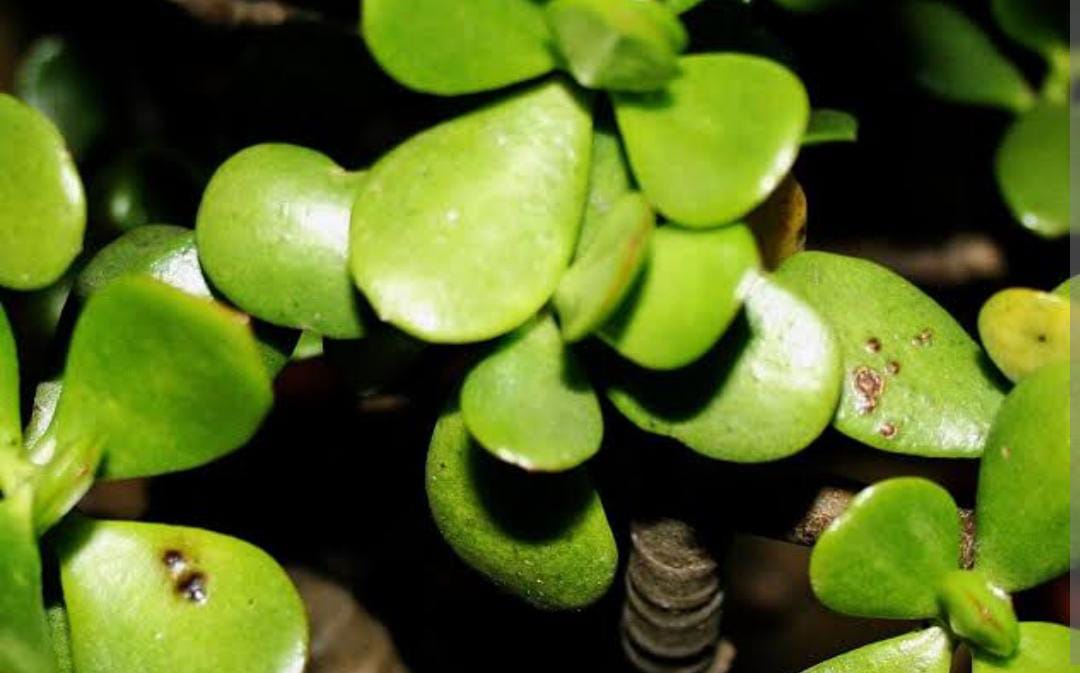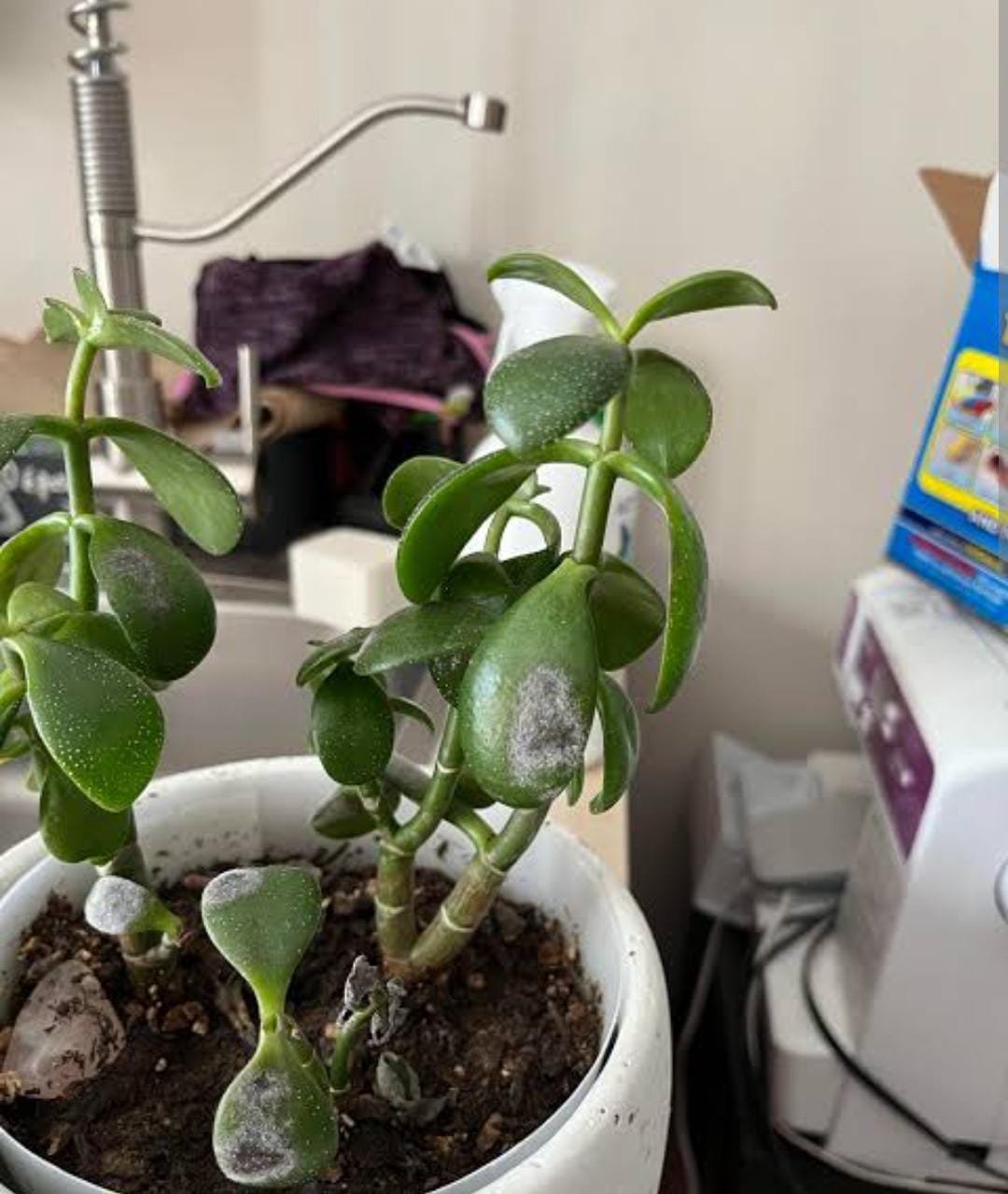Blue Jade Plant
Blue Jade, a succulent plant, prefers well-draining soil and bright, indirect light. Allow the soil to dry out between waterings. Provide adequate sunlight for optimal growth and flowering. Avoid overwatering, as succulents are susceptible to root rot in waterlogged conditions.
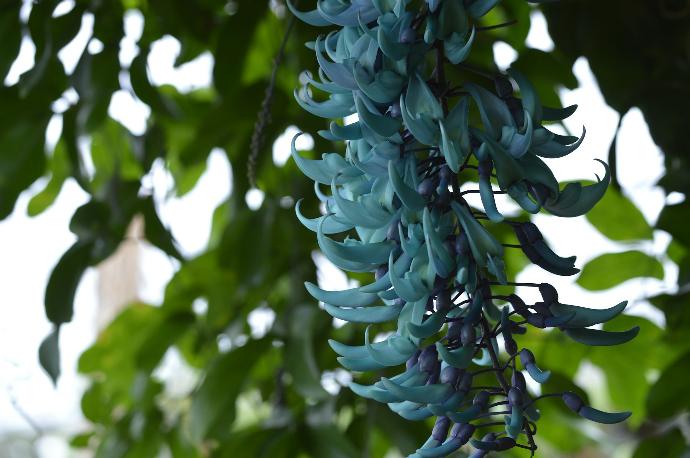
Habit
Succulent
Height
30-50 cm
Growth
Slow
Soil
Well Drained, Sandy-loam
Shade
Full Sun
Moisture
Dry to Moist
Edible
No
Medicinal
No
Origin
South Africa
Climatic Condition
Arid, Subtropical
Temperature (°)
15-25°C
Humidity (%)
50-60%
Potting media
Sandy + Organic matter
Fertilizers
Balanced NPK (10:10:10)
Watering
Low watering
Plant Weight
100-200 g
Flowering Time
Summer
Soil Ph level
6.0-7.5
Water Ph level
6.0-6.5
Soil EC
0.9 dS/m
Yield Per Plant
Low yield
NPK ratio
10:10:10
life Span
3-5 years
Health Benefits
Ornamental, drought-tolerant
Suggested Grow Media or Potting Mix ?
50% cactus mix, 30% perlite, 20% sand
Suggested Fertigation/Fertilizers
Fertilize every 4 weeks with a balanced, low-nitrogen fertilizer.
Common Diseases and Remedies
Black ring disease(Viral disease).
Black rings or spot on leaves, yellowing of leaves, leaf drops.
Neem oil.
HEALTH BENEFITS
Medicinal Properties
1. Anti-inflammatory: Blue Jade contains compounds that have anti-inflammatory properties, which may help reduce swelling and pain.
2. Antimicrobial: The plant has been shown to exhibit antimicrobial activity, which can help prevent the growth of bacteria, fungi, and other microorganisms.
3. Antioxidant: Blue Jade contains antioxidants that can help protect cells from damage caused by free radicals.
Traditional Medicine
1. Wound healing: Blue Jade has been used in traditional medicine to treat wounds, cuts, and burns due to its antimicrobial and anti-inflammatory properties.
2. Skin conditions: The plant has been used to treat skin conditions such as eczema, acne, and dermatitis.
3. Respiratory issues: Blue Jade has been used to treat respiratory problems such as bronchitis, asthma, and cough
What Is An Blue Jade ?
The blue jade plant, also known as Senecio serpens or Senecio mandoraliscae, is a succulent plant with striking blue-green leaves. Originally from South Africa, it is valued for its low maintenance and attractive appearance.

What Are The Different Types Of Blue Jade Plants?
1. Senecio mandraliscae
This species has blue-green elongated cylindrical leaves. It forms dense mats and is often used as a ground cover.
2. Senecio serpens
Similar to Senecio mandraliscae, but with shorter leaves and more compact.
3. Senecio Vitalis
Also known as 'Blue Chalkstick', this variety has upright cylindrical leaves that are blue-grey.
4. Senecio herreianus
Known as "string of tears" or "string of raindrops," this variety has drooping stems and blue-green teardrop-shaped leaves.
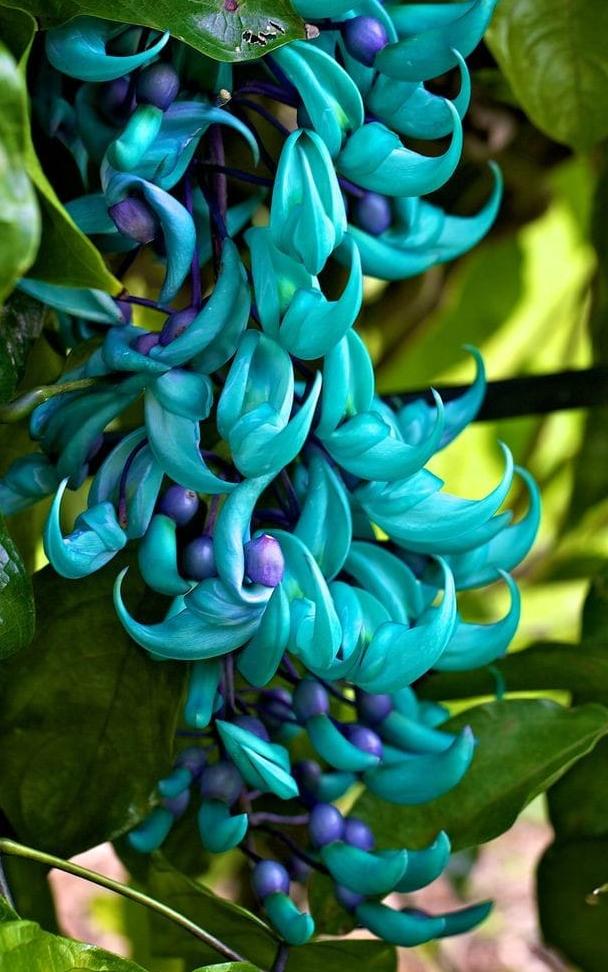
How to Care Blue Jade ?
1. Location
Place your blue jade plant in a sunny location with bright, indirect sunlight.
2. Sunshine
Requires plenty of sunlight.
3. Soil
Use well-drained soil. Cacti or succulent mixtures to prevent root rot.
4. Hydration
Water sparingly to allow the soil to dry completely between waterings. Too much water will cause root rot.
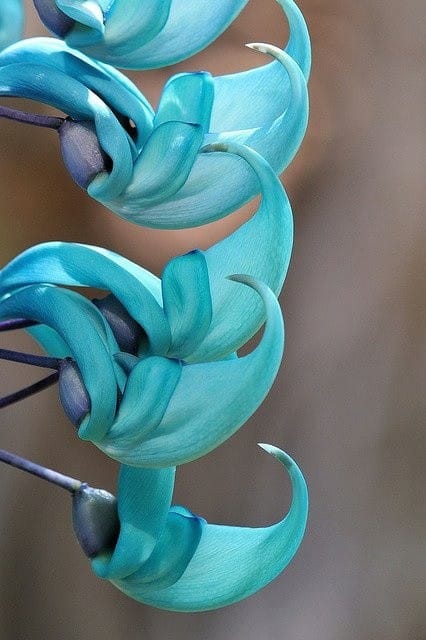
5. Nourishment
Fertilize sparingly during the growing season (spring and summer) with a balanced fertilizer diluted to half strength.
6. Issues
Be careful not to overwater as this can cause root rot. Also, be careful of pests such as mealybugs and spider mites.
What are the Benefits of Blue Jade ?
Blue Jade plants are drought tolerant and easy to care for, making them perfect for busy or forgetful gardeners. Excellent xeriscape and resistant to deer and rabbit bites. Striking blue-green foliage adds colour to your succulent garden, rock garden, or container.

FAQs About Growing Blue Jade
1. How often should I water my blue jade plants ?
Water until the soil is completely dry between waterings. Spear sparingly. Typically, this means you need to water your plants every two to three weeks. However, please adjust the watering according to the environment.
2. Can I grow blue jade plants indoors ?
Yes, blue jade plants can be grown indoors as long as they receive plenty of bright, indirect sunlight. For best results, place it near a south or west facing window.
3. How can I propagate blue jade plants ?
Blue jade plants are easily propagated by cuttings. Simply cut a healthy stem, let it keratinate for a few days, then plant it in well-drained soil. Keep the soil slightly moist until roots form.
